-
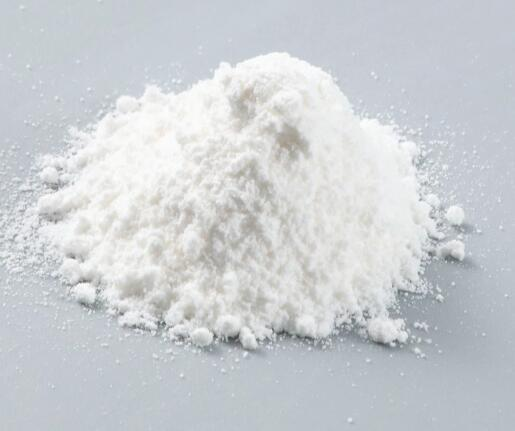
S-Nitrosoglutathione CAS:57564-91-7 Manufacturer Price
S-Nitrosoglutathione (GSNO) is a small molecule composed of three amino acids (glutamine, cysteine, and glycine) and a nitric oxide (NO) group. It acts as a storehouse and transporter of nitric oxide, a crucial signaling molecule in the body. GSNO is involved in various physiological processes including antioxidant activity, protein modification, anti-inflammatory effects, and cardiovascular regulation. It has potential therapeutic applications for conditions such as cardiovascular diseases, neurodegenerative disorders, and cancer.
-
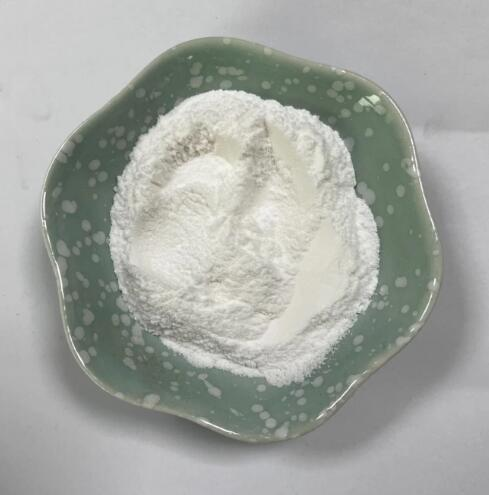
Ethylenediaminetetraacetic acid dipotassium salt dihydrate CAS:25102-12-9
Ethylenediaminetetraacetic acid dipotassium salt dihydrate, also known as EDTA Dipotassium, is a chemical compound with the molecular formula K2(C10H14N2O8)·2H2O. It is a crystalline powder that is commonly used as a chelating agent, meaning it can bind to metal ions. EDTA Dipotassium is known for its ability to sequester or remove metal ions from solutions, making it useful in various industrial processes, such as water treatment, food and beverage processing, and pharmaceutical formulations. It is also utilized in analytical chemistry and medical treatments for its metal chelation properties.
-

N,N’-Methylenebisacrylamide CAS:110-26-9
N,N’-Methylenebisacrylamide (MBAA) is a chemical compound commonly used in molecular biology and biochemistry applications. It is a crosslinking agent that is added to acrylamide gels to polymerize them and create a stable matrix for electrophoresis.
Crosslinking refers to the formation of chemical bonds between polymer chains, and MBAA plays a crucial role in this process. When added to acrylamide monomers, MBAA links them together to form a three-dimensional network of polymers. This crosslinked structure enhances the stability and strength of the gel, allowing for the separation of biomolecules based on their size, charge, or other physical properties.
MBAA is primarily utilized in techniques like polyacrylamide gel electrophoresis (PAGE) and sodium dodecyl sulfate-polyacrylamide gel electrophoresis (SDS-PAGE), commonly used for protein and nucleic acid analysis. It helps in creating a uniform gel matrix through which the biomolecules can migrate during electrophoresis.
Aside from its use in gel electrophoresis, MBAA also finds applications in other areas such as molecular imprinting, chromatography, and drug delivery systems. It is known for its ability to create stable and mechanically robust polymer networks, making it a valuable tool in research and analytical laboratories.
-

BSA CAS:9048-46-8 Manufacturer Price
Bovine albumin, also known as bovine serum albumin (BSA), is a protein derived from cows. It is commonly used in various applications in biology and biochemistry laboratories. Bovine albumin is often employed as a stabilizer and blocking agent in immunoassays, where it helps prevent non-specific binding of antibodies and other proteins. It can also serve as a nutrient source for cell cultures and as a carrier protein in molecular biology techniques, facilitating the binding and transport of small molecules. Bovine albumin is highly soluble in water and has a neutral pH, making it compatible with a wide range of experimental conditions.
-

Ninhydrin hydrate CAS:485-47-2 Manufacturer Price
Ninhydrin hydrate is a chemical compound commonly used in forensic analysis and organic chemistry. It is a colorless or light yellow crystalline powder that is soluble in water and organic solvents.
Ninhydrin hydrate is known for its ability to react with amino acids and primary amines, producing a visible purple-blue color. This reaction is commonly used in forensic fingerprint analysis to visualize and enhance the visibility of latent fingerprints on porous surfaces. The ninhydrin solution is usually sprayed onto the surface, and the fingerprints develop over time as the ninhydrin reacts with the amino acids present in the fingerprint residues.
In organic chemistry, ninhydrin hydrate is used as a reagent for the detection and analysis of amino acids, peptides, and proteins. It can be used to determine the presence and quantify the amount of amino acids in a sample. The reaction with ninhydrin results in the formation of a colored product, which can be measured spectrophotometrically to estimate the concentration of the analyte.
-
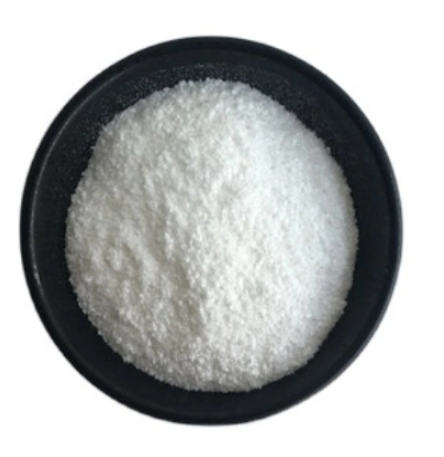
Ethylenediaminetetraacetic acid tripotassium salt dihydrate CAS:65501-24-8
Ethylenediaminetetraacetic acid tripotassium salt dihydrate, also known as EDTA Tripotassium, is a compound that contains three potassium ions (K+) per molecule, along with two water molecules (H2O). EDTA Tripotassium is a derivative of ethylenediaminetetraacetic acid (EDTA) and shares similar properties and applications.
EDTA Tripotassium is primarily used as a chelating agent, meaning it has the ability to bind to metal ions and form stable complexes. It is often employed to remove unwanted metal ions from solutions, particularly calcium, magnesium, and other heavy metal ions. By sequestering these ions, EDTA Tripotassium can prevent their interference or detrimental effects in various chemical processes and reactions.
In addition to its chelating properties, EDTA Tripotassium also finds applications in various industries. It is commonly used in water treatment to remove heavy metal ions from water sources, ensuring water safety and quality. It can also be found in the food and beverage industry as a stabilizer and preservative, preventing oxidation and maintaining the quality of processed foods. Moreover, EDTA Tripotassium plays a role in pharmaceutical formulations, analytical chemistry, and as a standard reference material.
-
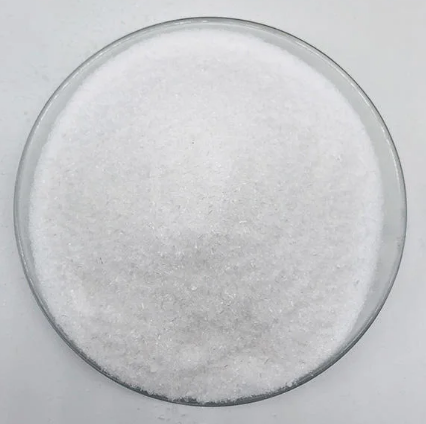
Butyrylthiocholine iodide CAS:1866-16-6
Butyrylthiocholine iodide is a compound commonly used in biological and biochemical research as a substrate in enzyme assays. It is often used to measure the activity of the enzyme butyrylcholinesterase (BChE). BChE is an enzyme found in various tissues and is involved in the hydrolysis of acetylcholine and other choline esters. By using butyrylthiocholine iodide as a substrate, researchers can determine the activity of BChE by measuring the release of thiocholine, which can be detected spectrophotometrically or fluorometrically.
-

Fluorescein Isothiocyante CAS:3326-32-7
Fluorescein isothiocyanate (FITC) is a fluorescent dye commonly used in biomedical research and diagnostic applications. It is a derivative of fluorescein that has been modified to contain an isothiocyanate group, which allows it to covalently bind to proteins, antibodies, and other biomolecules.
FITC emits a vibrant green fluorescence when excited by light of the appropriate wavelength, typically around 488 nm. This fluorescence can be detected and quantified using various imaging techniques, such as fluorescence microscopy, flow cytometry, and fluorescence spectroscopy.
By conjugating FITC to biomolecules of interest, researchers can track and visualize the distribution, localization, and interactions of these biomolecules within cells, tissues, or biological samples. FITC-labeled antibodies, for example, can be used to detect specific proteins or antigens in immunofluorescence assays or to analyze cell populations in flow cytometry experiments.
-
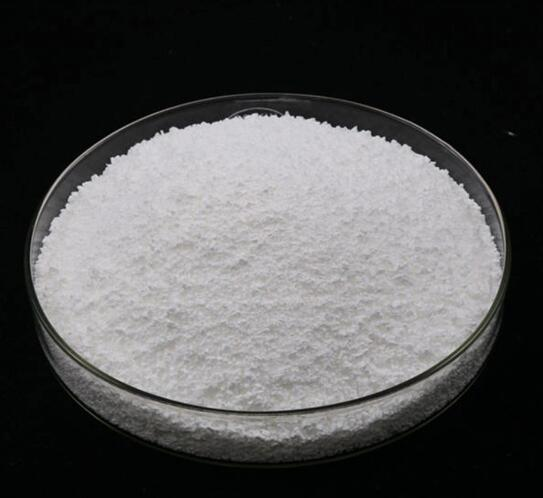
p-hydroxybenzoic acid,monosodium CAS:114-63-6
p-Hydroxybenzoic acid, monosodium (also known as sodium 4-hydroxybenzoate) is a chemical compound with the molecular formula C7H5NaO3. It is a sodium salt derived from p-hydroxybenzoic acid, which is a naturally occurring organic compound found in plants such as fruits and vegetables.
p-Hydroxybenzoic acid, monosodium is used in various industries for its antimicrobial properties. It is commonly employed as a preservative in food, beverages, cosmetics, and personal care products to inhibit the growth of bacteria, fungi, and yeasts. It helps prolong the shelf life of these products by preventing spoilage and preserving their quality.
In pharmaceutical applications, p-Hydroxybenzoic acid, monosodium is used as an excipient in oral medications and topical formulations. Its antimicrobial properties help maintain the stability and sterility of these products, ensuring their safety and efficacy.
Additionally, p-Hydroxybenzoic acid, monosodium has antioxidant properties, which make it useful in preventing oxidative damage in various products. It can help protect against the degradation of ingredients and extend the overall durability of the product.
-

GSH CAS:70-18-8 Manufacturer Price
GSH, or glutathione, is a natural antioxidant molecule found in the body. It plays a critical role in maintaining optimal cellular function and is involved in several important physiological processes. GSH helps to protect cells from oxidative damage by neutralizing harmful free radicals and reactive oxygen species. It also aids in detoxification processes by binding to and eliminating toxins and heavy metals from the body.
-
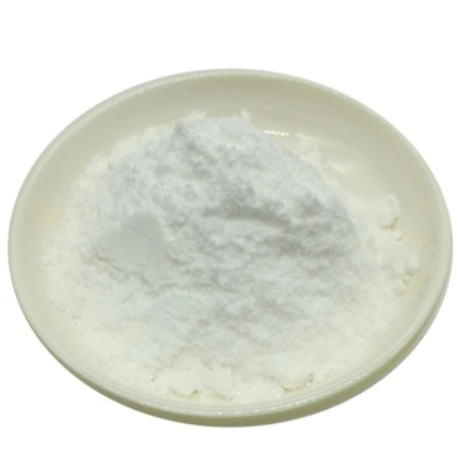
BCA-2Na CAS:979-88-4 Manufacturer Price
BCA-2Na, also known as Bacillus cereus adenosine triphosphate (ATP) bioluminescent assay, is a biochemical test used to detect the presence of ATP in a sample. ATP is a molecule found in all living organisms and is commonly used as an indicator of microbial contamination or cleanliness. The BCA-2Na test utilizes the enzyme luciferase to catalyze a reaction that produces light in the presence of ATP. The intensity of the light emitted is measured and can provide a rapid and sensitive assessment of microbial activity or cleanliness in various industries, such as food and beverage production, pharmaceutical manufacturing, and water quality testing. The BCA-2Na test is often used as a quick and reliable method for hygiene monitoring and quality control.
-
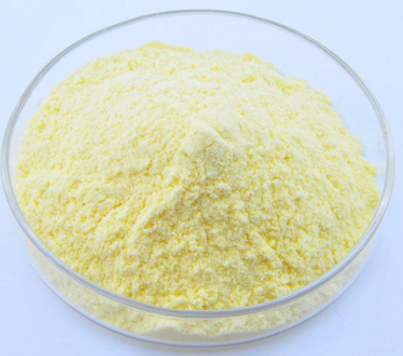
D-Luciferin CAS:2591-17-5 Manufacturer Price
D-Luciferin is a small molecule light-emitting compound primarily found in bioluminescent organisms such as fireflies, bacteria, and marine organisms. It is the key component of luciferase reaction, a biochemical process that generates light.
D-Luciferin is often used as a substrate in bioluminescence assays and imaging techniques, where its reaction with luciferase produces light that can be detected and quantified. This makes it a valuable tool in various research areas, including molecular biology, drug discovery, and biomedical imaging.
Due to its unique optical properties, D-Luciferin has been widely employed in studies involving gene expression, protein-protein interactions, and cellular signaling. It offers a non-invasive and sensitive method to investigate biological processes in real-time.
Additionally, D-Luciferin derivatives and analogs have been developed, allowing for various modifications and applications. These modified derivatives enable different wavelengths of light emission, enhanced stability, and improved tissue penetration.

